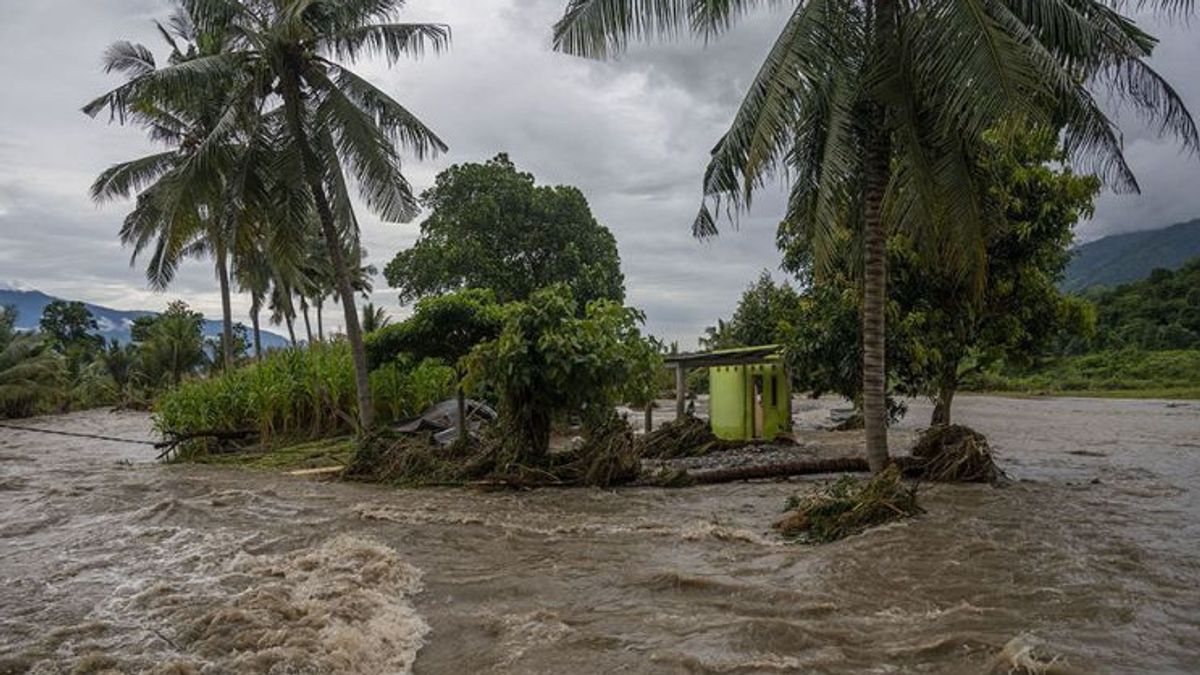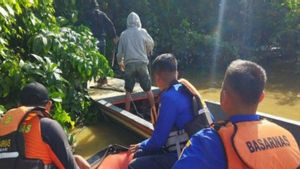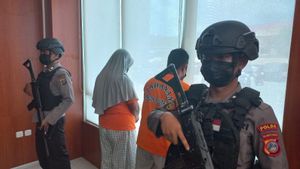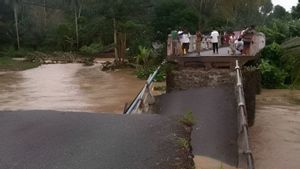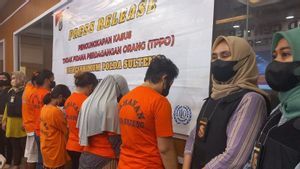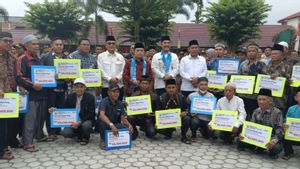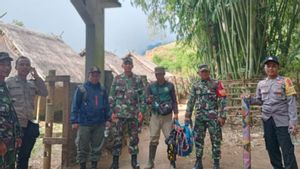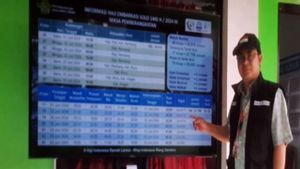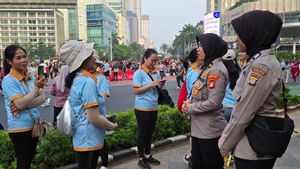PALU - The Meteorology, Climatology and Geophysics Agency (BMKG) predicts that Central Sulawesi Province will still have the potential to be hit by extreme weather in the next week due to the growth of convection clouds or rain clouds above the sea of Central Sulawesi. "This potential needs to be watched together because the humidity level is strong enough so that the growth of convection clouds is also fast," said Head of BMKG Class II Meteorological Station Mutiara Sis Al-Jufri Palu Nur Alim, quoted by ANTARA, Thursday, July 13. Although a number of areas in Indonesia are starting to experience drought due to El Nino's impact, he said, Central Sulawesi actually still experiences rain with moderate to heavy intensity. This condition, he said, was triggered by topography, because the characteristics of Central Sulawesi are different from other areas where the average rain pattern does not have a clear difference between the dry season period and the rainy season or is classified as non-zone (non-zero zone)Oleh, therefore, when other regions experience drought this province is still hit by rain or wet dry season. "Alert needs to be increased in response to this phenomenon, especially in the land, sea and air transportation sectors," he said. In July to September, Central Sulawesi experienced the peak of the second rainy season, with most hydrometeorological disasters still potentially occurring in this province. Even so, he said, residents do not need to panic but vigilance remains enhanced as a form of mitigation against various hydrometeorological disaster threats. "Although later in October to December it will still be in the dry season, but rain is expected to remain," said Alim. He added that the impact-based weather early warning status in Central Sulawes is still at alert and alert levels.
관련 항목:
As the results of today's weather forecast data update, the BMKG has set a alert status for nine regions in Central Sulawesi within the next two days. The nine regions, namely Morowali Regency, North Morowali, Banggai, Poso, Tojo Una-una, Parigi Moutong, Sigi, Donggala, and Palu City. "In this condition, apart from being vigilant in the transportation sector, there are also areas that have a history of hydrometeorological disasters, especially riverbank areas in anticipation of the impact of flooding, landslides on slope areas, as well as strong winds or tornadoes," he said.
The English, Chinese, Japanese, Arabic, and French versions are automatically generated by the AI. So there may still be inaccuracies in translating, please always see Indonesian as our main language. (system supported by DigitalSiber.id)
